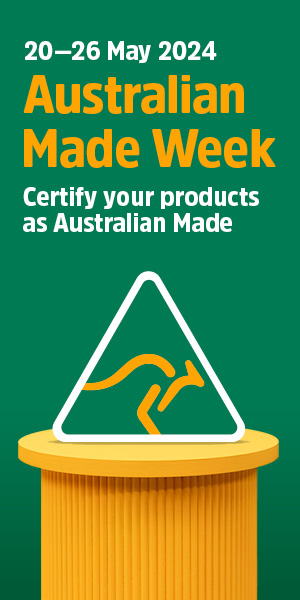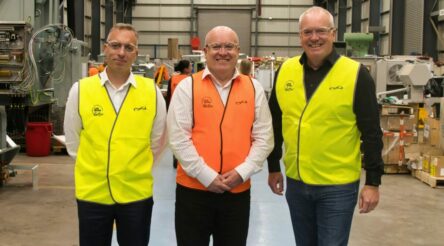Chinese funding to commercialise new battery

A new battery technology based on zinc and mangaese chemistry is being commercialised by the University of Adelaide thaks to Chinese R&D funding.
University researchers believe the combination of metals and an incombustible aqueous electrolyte will produce a battery that is safer, cheaper and more reliable than those already on the market.
Chinese lead-acid battery manufacturer Zhuoyue Power New Energy Ltd has signed a $1 million research contract in the hope of producing a high energy density battery.
The new design uses non-toxic zinc and manganese, two metals that are abundant in Australia, and incombustible aqueous electrolyte to produce a battery with a high energy density.
Dr Dongliang Chao of Adelaide’s Chemical Engineering and Advanced Materials School designed the batery along with Prof Shi-Zhang Qiao.
Donliang said: “I can imagine this battery being used on all vehicle types from small scooters to even diesel electric trains.
“Also in homes that need batteries to store solar power, or even large solar/wind farms.”
The battery opens up markets where the battery weight, size and safety are essential factors.
“Current battery materials – including lithium, lead and cadmium – are expensive, hazardous and toxic.
“The battery uses basic materials and simple manufacturing processes so will be much cheaper to produce and easier to recycle than existing batteries of comparable energy density.”
The cost of this new electrolytic Zn–Mn battery is estimated at US$10 per kWh.
This is significantly less than that Li-ion batteries of US$300 per kWh, Ni–Fe batteries US$72 per kWh, and lead–acid batteries US$48 per kWh.
Zhuoyue Power New Energy will combine the new technology with its knowledge of assembly and hopes to have a product available within 12 months.
Picture: University of Adelaide
Subscribe to our free @AuManufacturing newsletter here.
Topics Manufacturing News
@aumanufacturing Sections
Analysis and Commentary Awards Defence Manufacturing News Podcast Technology Videos










